Tirana, c’est surtout son jeune maire, Erion Veliaj, qui en parle le mieux ! Verbatim de notre rencontre vitaminée avec l’édile de la ville élu en 2015 :
« Nous sommes probablement la plus jeune capitale d’Europe, ce qui se ressent à travers la démographie dynamique de la ville, l’essor économique et culturel. Mes pairs en Europe n’ont de cesse de me raconter qu’ils déplorent le départ de nombreux habitants alors que nous connaissons pour notre part une forte attractivité. Tirana est pleine de grues, de constructions résidentielles et commerciales pour accompagner cette croissance. La métropole dispose d’ailleurs du plus grand parc de taxis des Balkans. Nous faisons tout pour garder un marché immobilier accessible à ces jeunes étudiants devenus actifs qui décident de rester.
Grandir, oui, mais pas de manière effrénée au détriment du développement durable ! Ainsi, nous menons une politique écologique intelligente en encourageant la mobilité verte, la smart city. Ceci avec le double objectif de créer un éco-system tech à l’image de Station F à Paris où j’ai envoyé une délégation en vue de nous inspirer de cette belle réussite française. Nous avons passé suffisamment de temps à vendre des t-shirts ! A présent, nous nous donnons les conditions pour fabriquer à la source des produits à forte valeur ajoutée et imaginer des concepts innovants. Comme tous les Méditerranéens, nous, Albanais, aimons la vie ! Notre devise, c’est ‘Work hard play hard’ : travaillez dur et amusez-vous tout autant !
Je me réjouis aussi de dire qu’à Tirana, et plus largement en Albanie, lorsque la communauté chrétienne voit ses églises détruites pendant un tremblement de terre, ce sont les musulmans qui viendront en premier leurs prêter mains fortes. Et vice versa. Nous avons une grande tolérance les uns envers les autres. En 2022, nous serons la capitale européenne de la Jeunesse : c’est un rendez-vous que nous vous donnons ! », ponctue par une invitation, le maire de la ville.
En attendant 2022, la ‘ruée’ vers Tirana a déjà bien lieu à la faveur d’un autre phénomène : le tourisme médical. A deux heures des plus grandes capitales du continent, l’Albanie a développé une filière très compétitive dans ce domaine. L’instigateur de ‘Voyager et sourire’, l’homme d’affaires Dritan Gremi, capte un marché grandissant d’Européens en quête de soins dentaires et esthétiques à prix doux. « Grâce au faible coût de la vie dans notre pays, nous pouvons proposer des économies d’échelle jusqu’à 60% sur les frais dentaires. Tout cela en alignant les mêmes standards de qualité. », partage l’entrepreneur parti de rien et aujourd’hui millionnaire.
Son concept de clinique ne ressemble à aucun autre endroit sur ce segment de marché. Ici, le voyageur venu de France, de Suisse ou d’Italie se retrouve plongé dans la vie du quartier. Objectif : vivre une expérience inclusive qui va au-delà des soins dentaires et esthétiques. L’Italo-Albanais également philanthrope a complètement réhabilité une rue autour de ses cliniques pour y construire trois hôtels, des laboratoires médicaux, un restaurant, une pizzeria, un salon de thé… Des lieux qui font travailler des centaines de salariés de Tirana. Dans le même espace, Occidentaux et Albanais se côtoient amicalement, donnant sa pleine signification au terme de ‘Tourisme médical’.
Au gré des vagues de patients, par moment se reconstitue un ‘Little Italia’ ou ‘Little Paris’ dans cette rue avant-gardiste de la capitale albanaise. Au pays de Rita Ora et de Dua Lipa, stars de la pop planétaire, on découvre un vent de glamour.
Bientôt, il sera aussi possible de s’essayer au nomadisme avec un cadre réglementaire attractif pour les digital nomads. Le Premier ministre, Edi Rama, a l’ambition de bâtir une « Free zone » à la manière de ce qui existe à Dubaï avec un statut libre d’impôts (Tax Free). Des initiatives tous azimuts – dessinant l’après-Covid – qui font entrer la destination dans une nouvelle ère. L’ère 2.0.
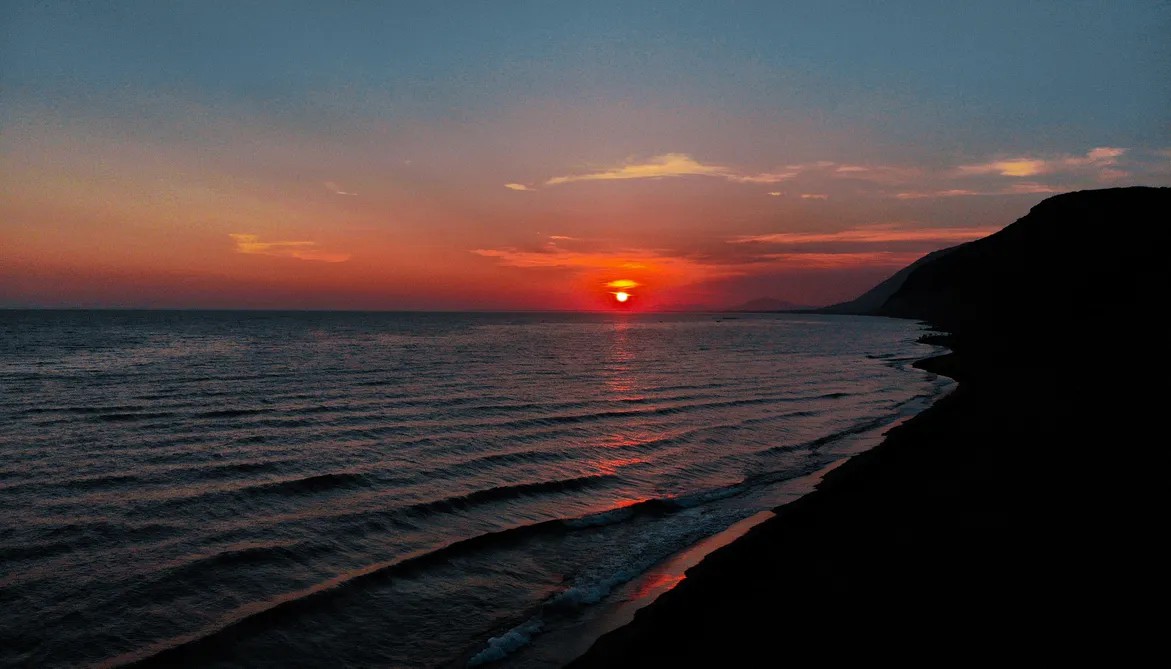
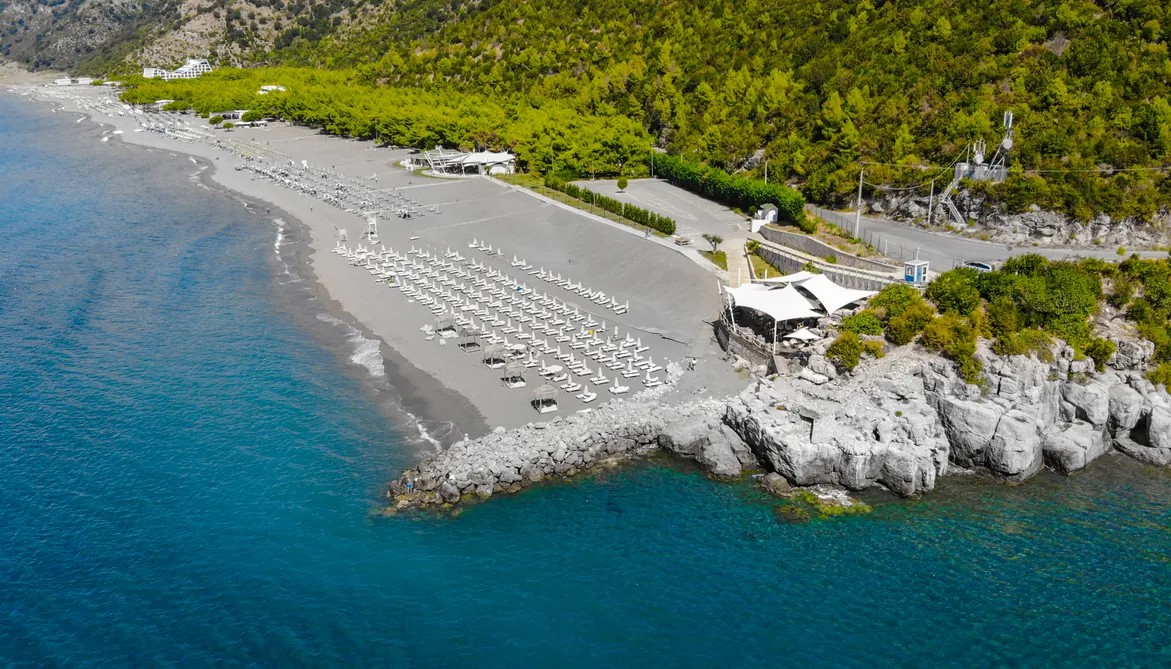
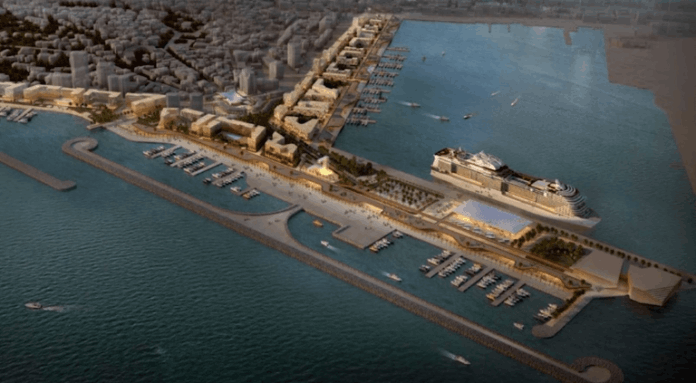
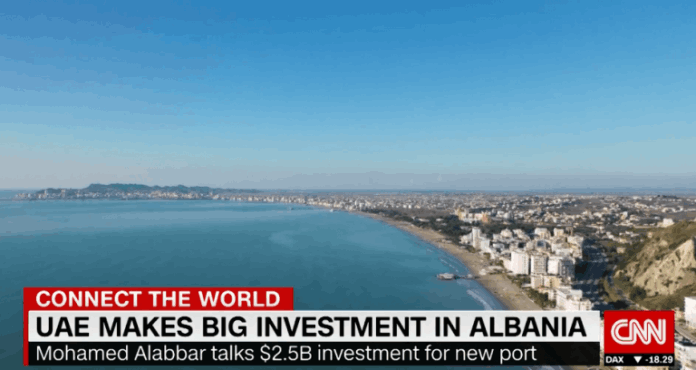
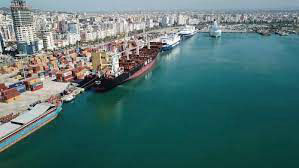
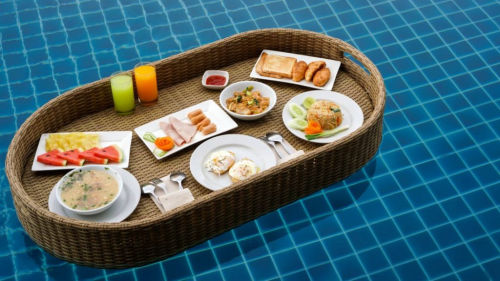
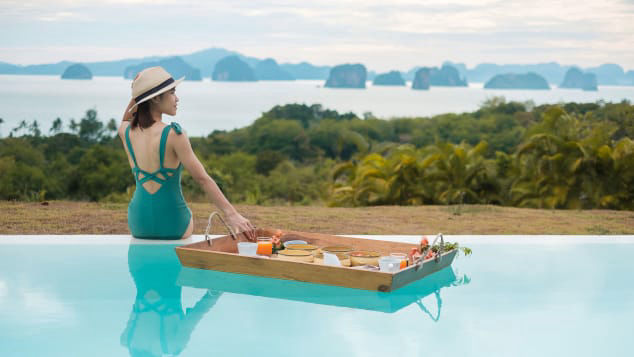
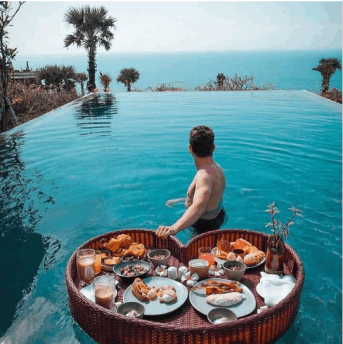
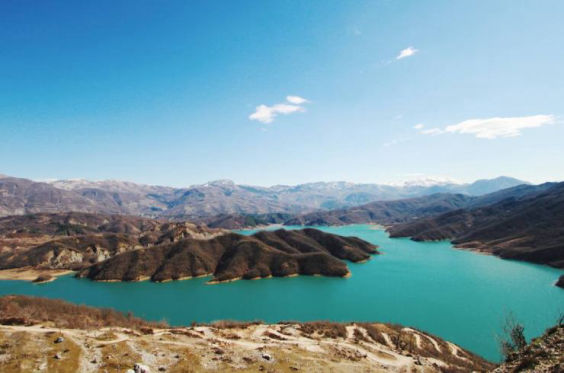
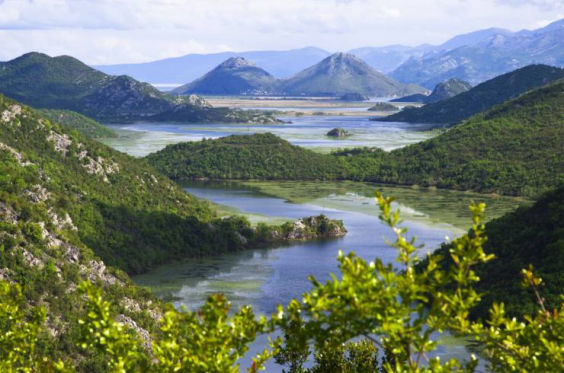
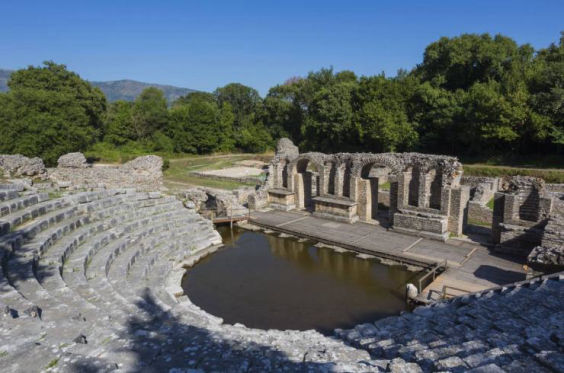
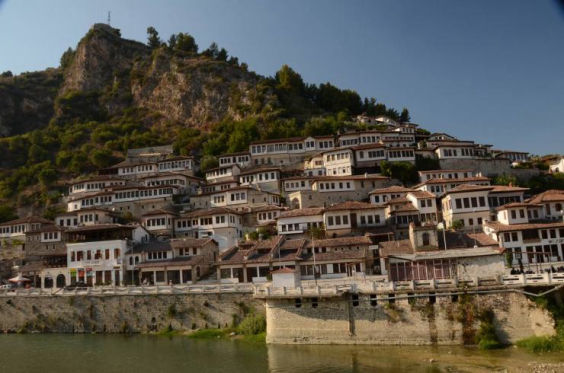
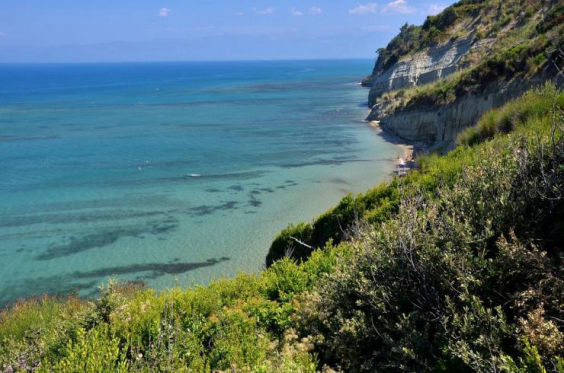
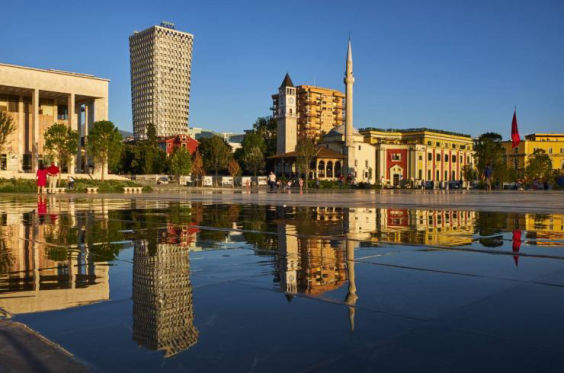
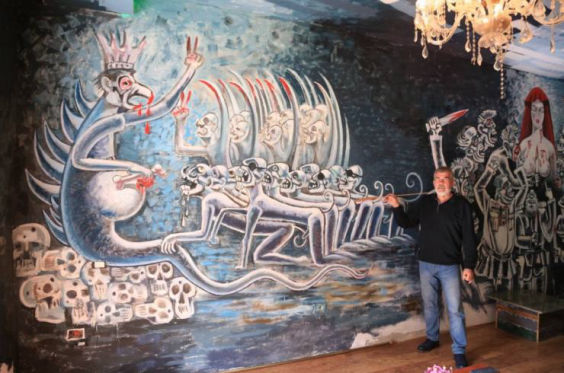


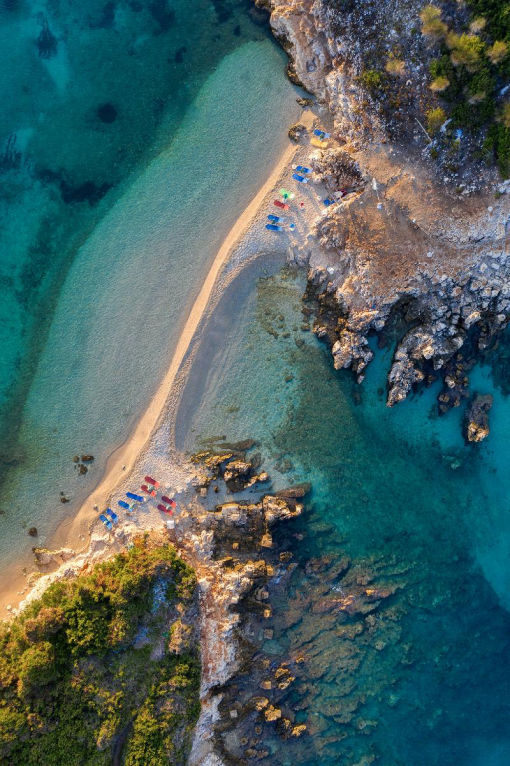
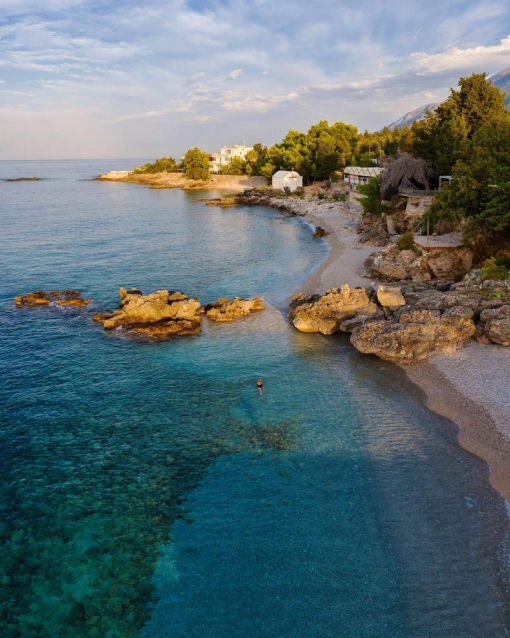
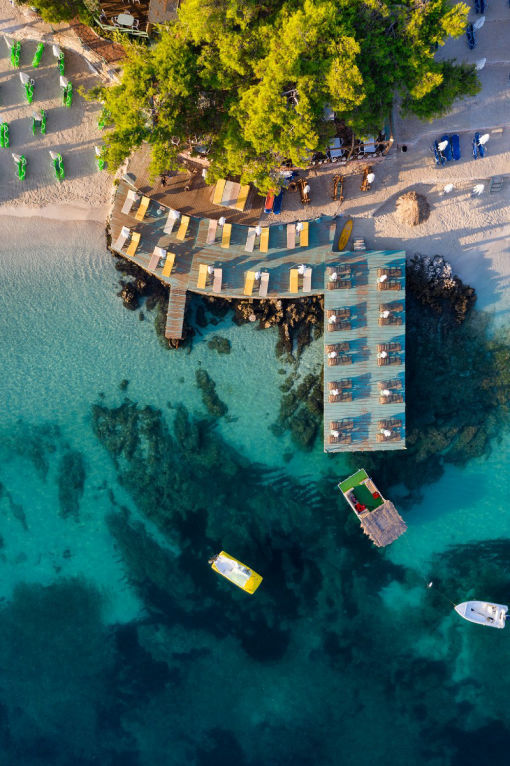
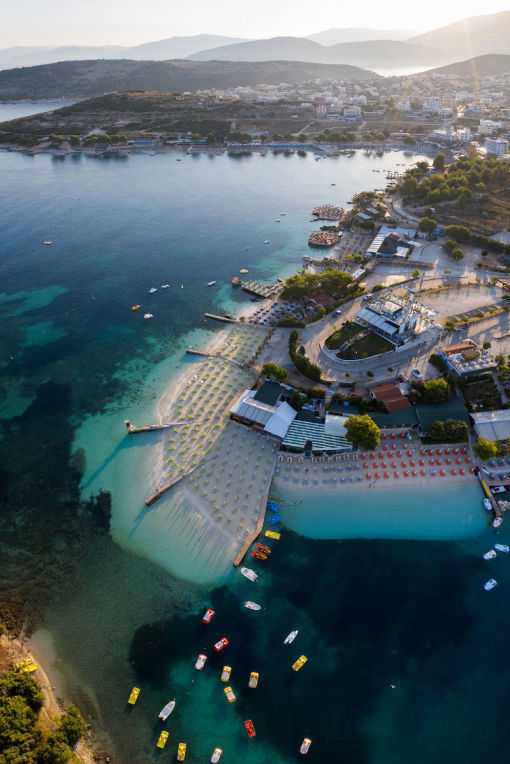
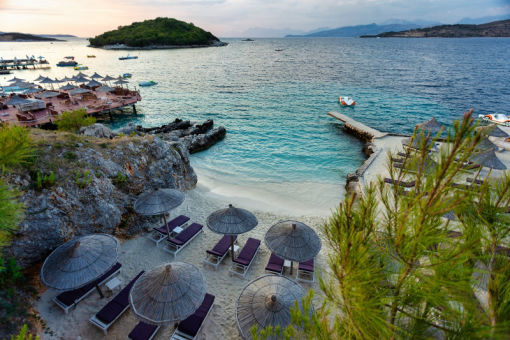
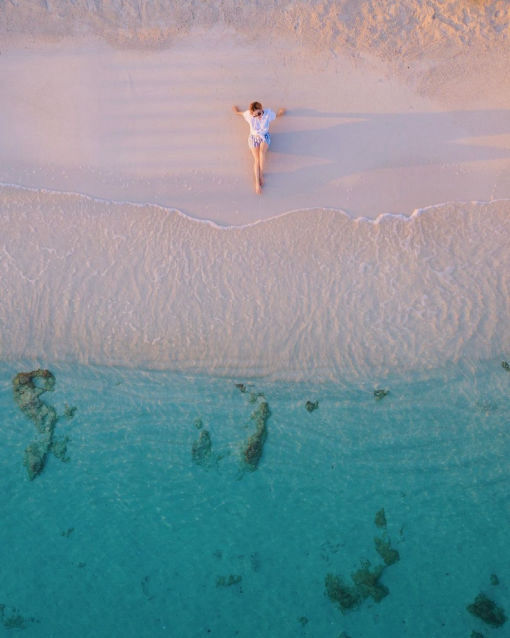
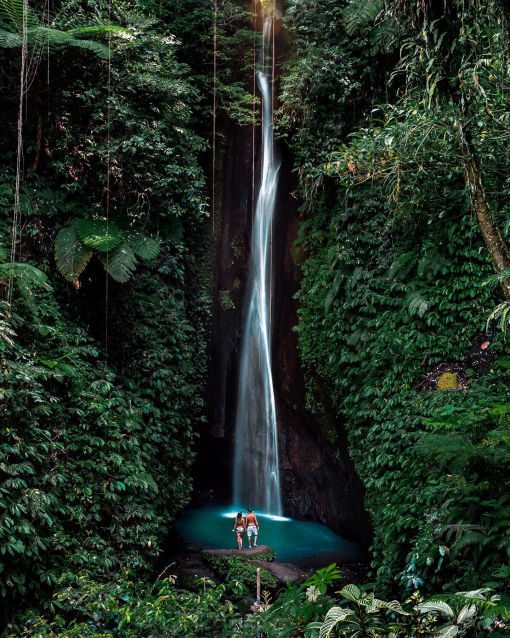
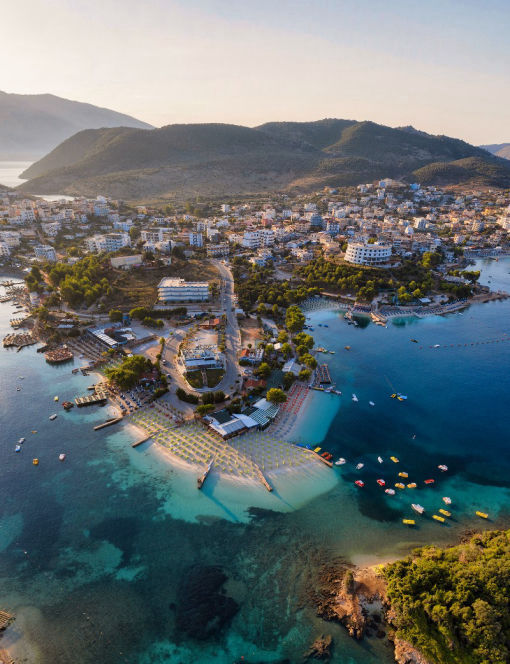
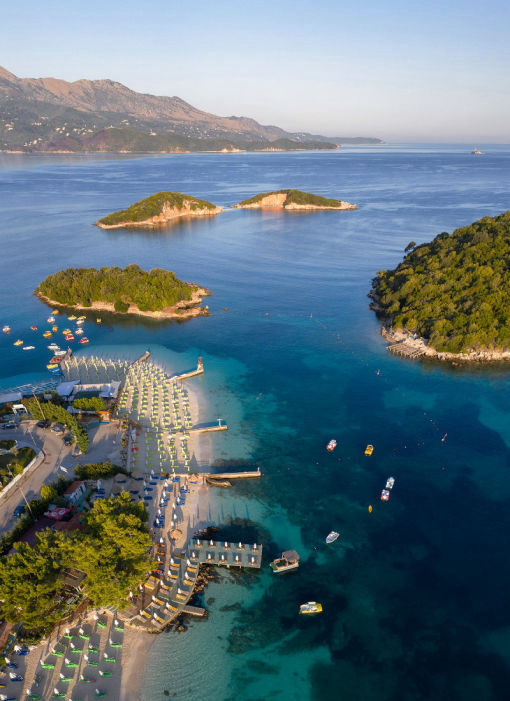
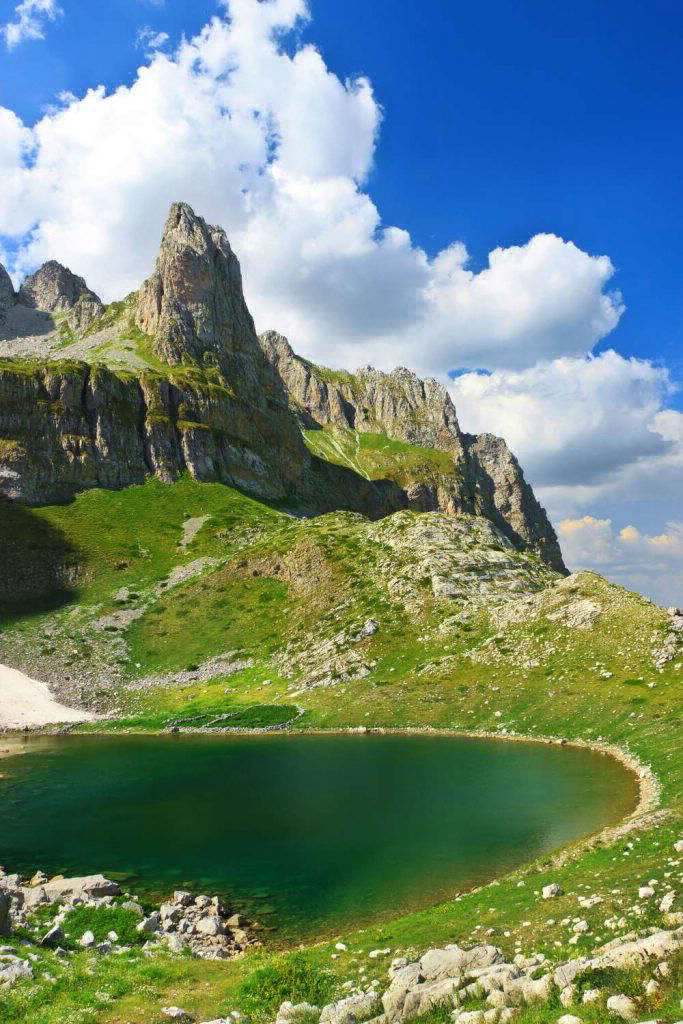
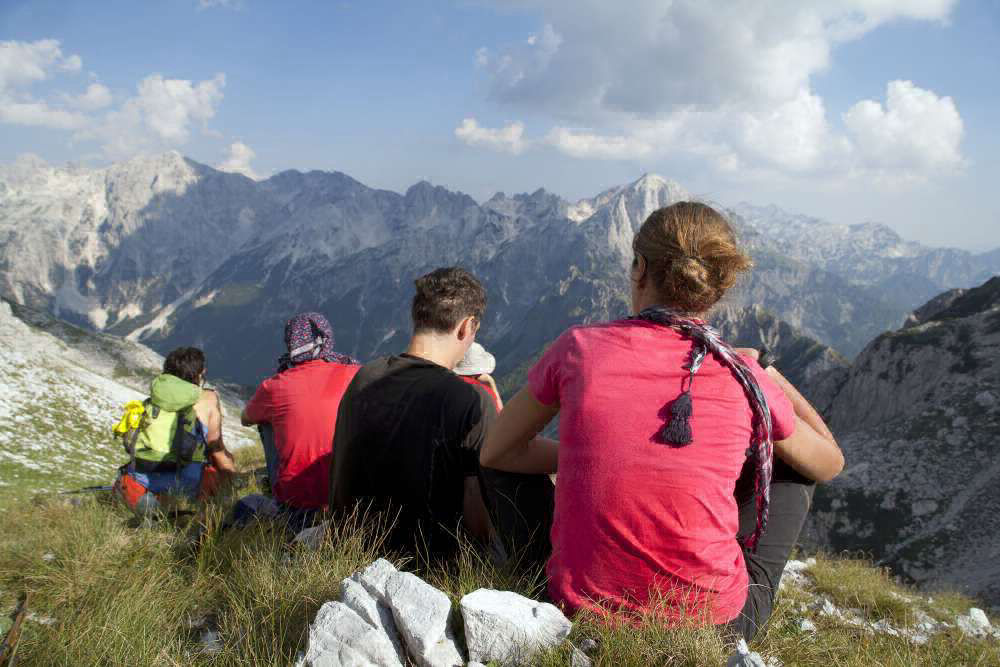
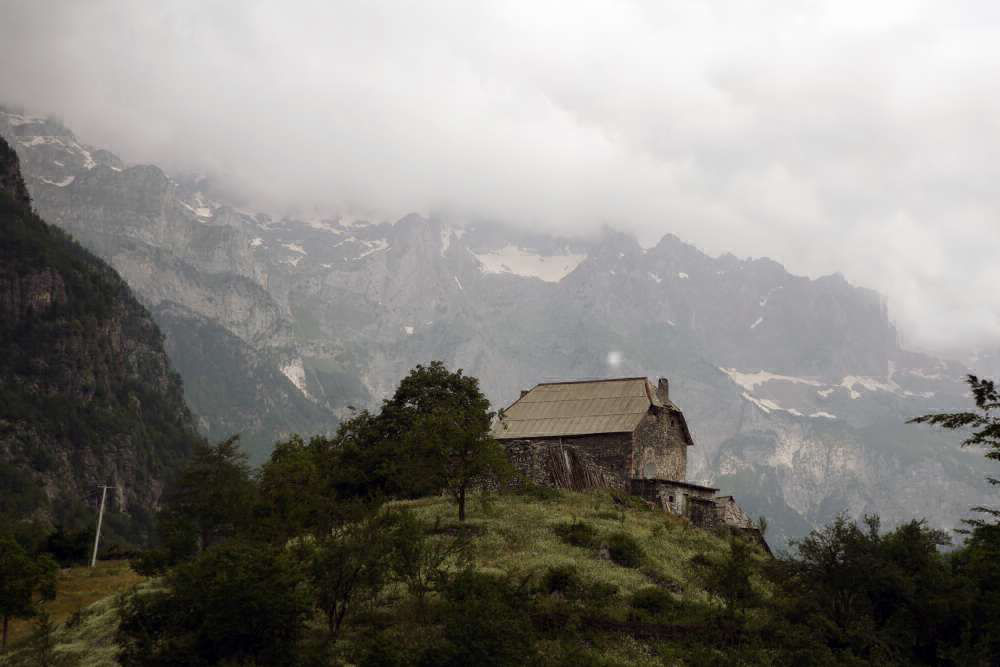
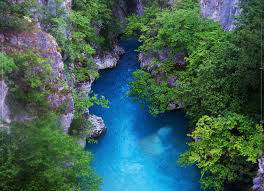
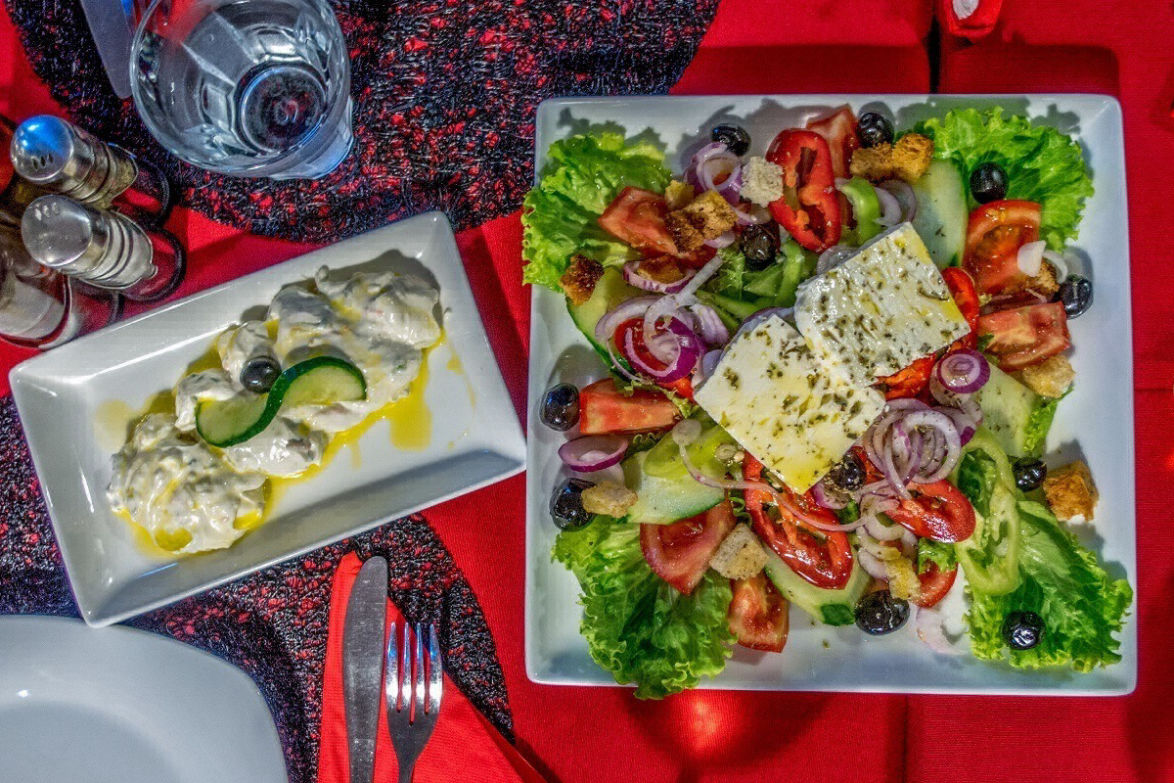
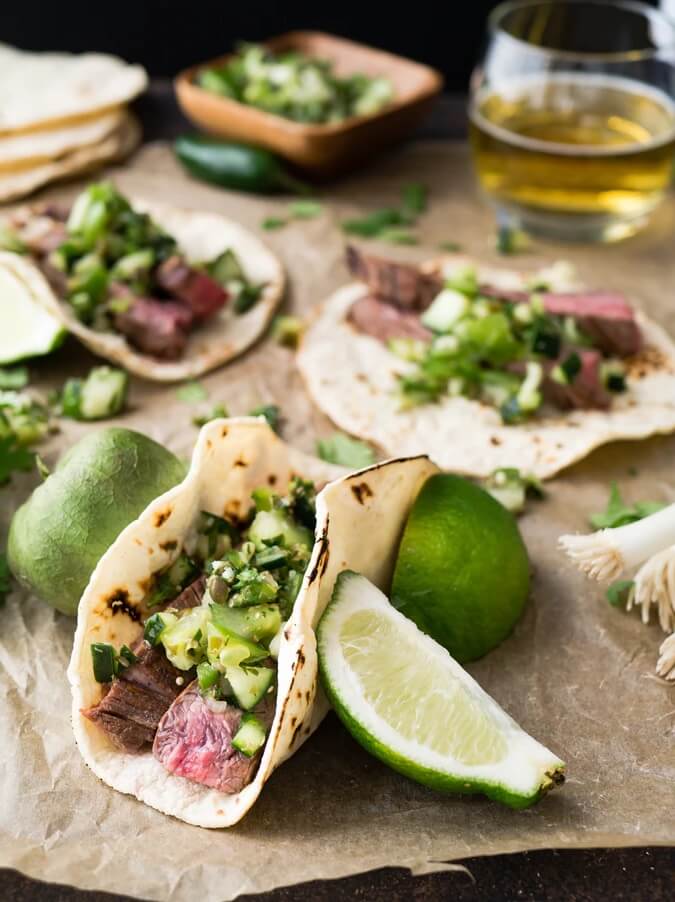
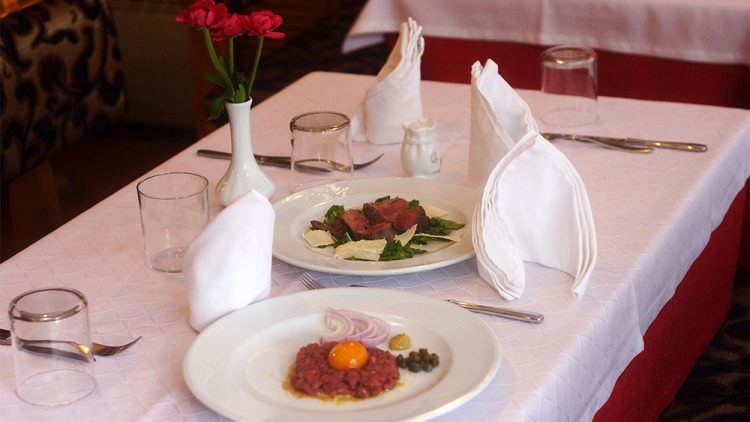
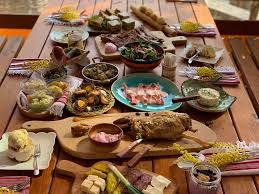


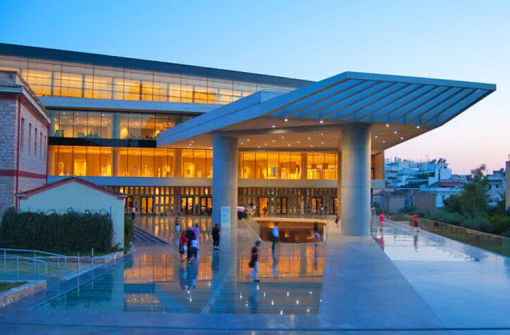
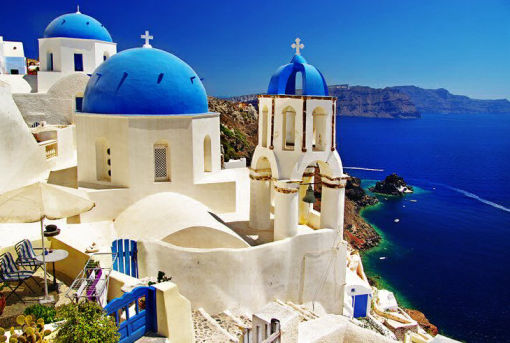
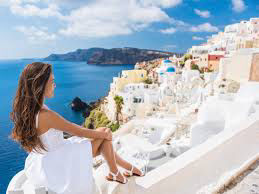
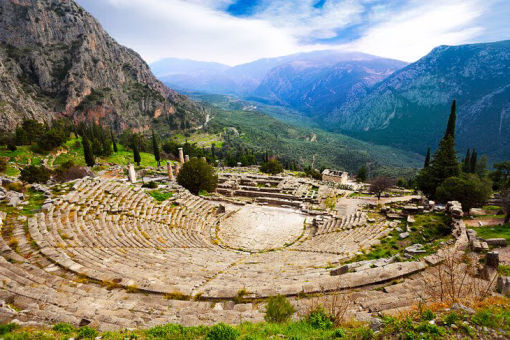
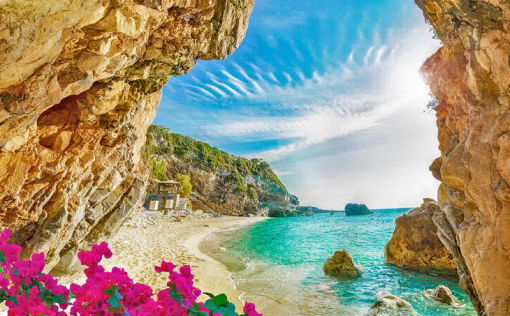
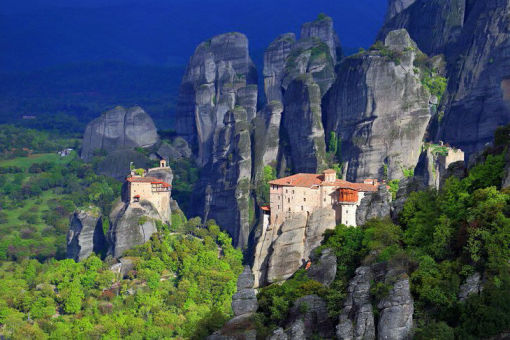
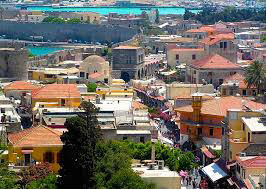
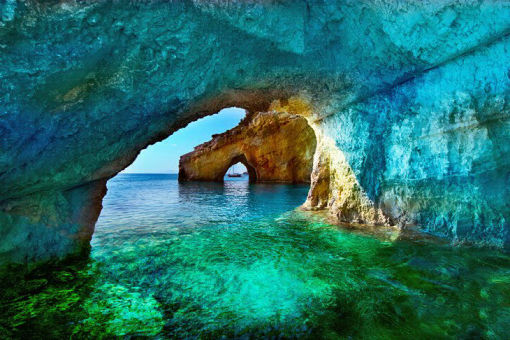
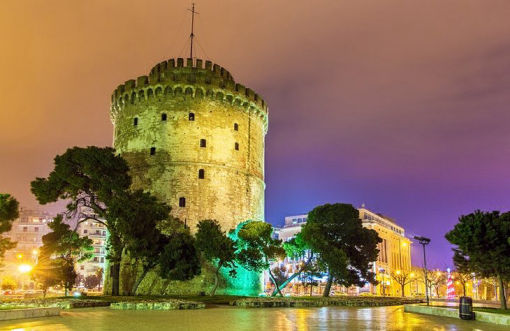
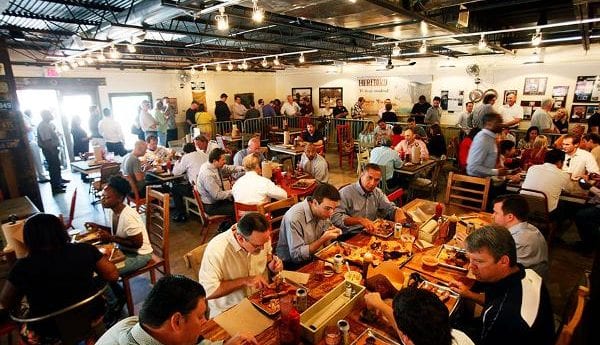
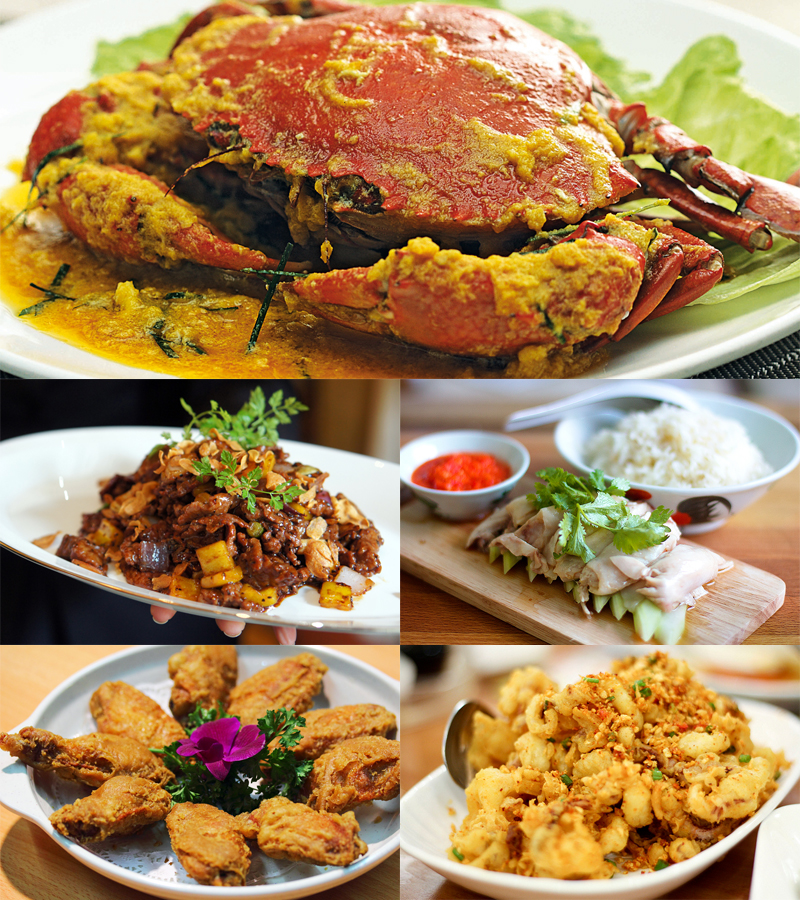
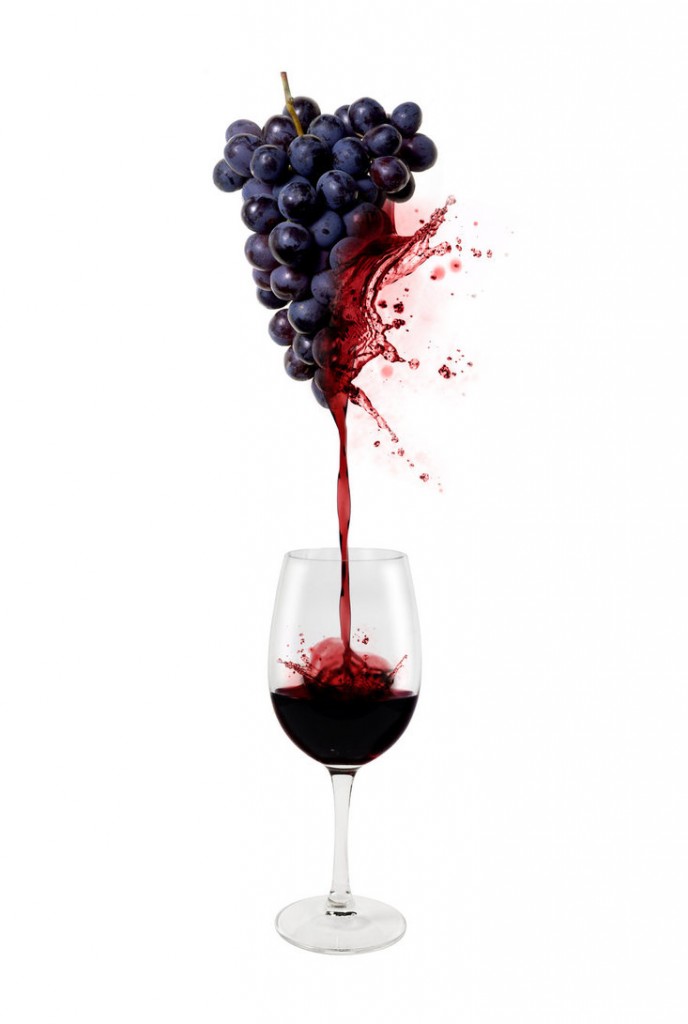
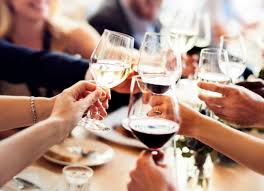
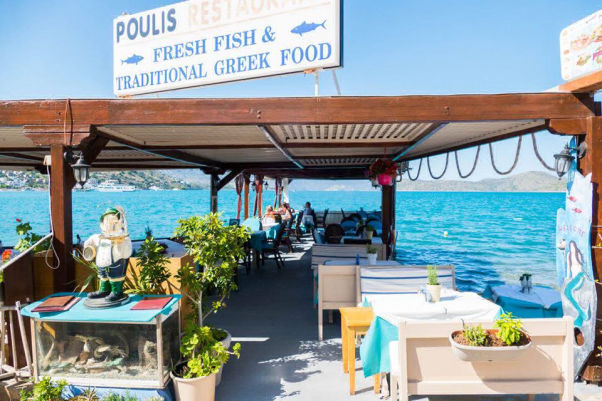
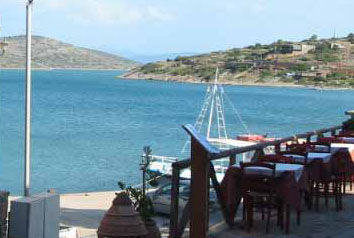
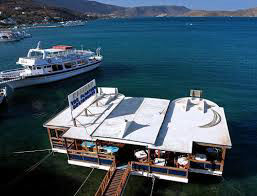
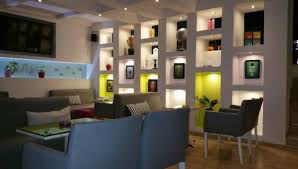
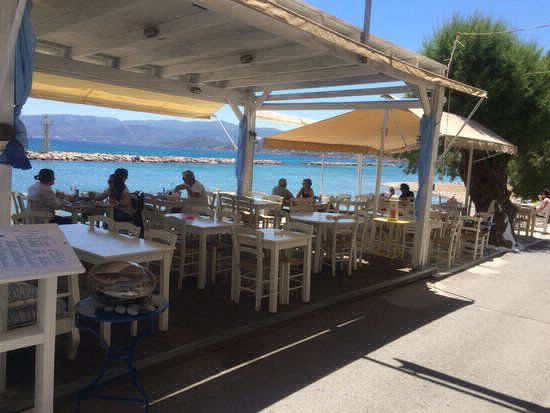
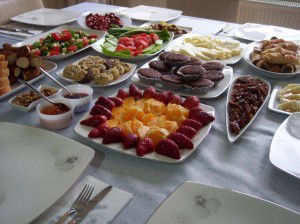
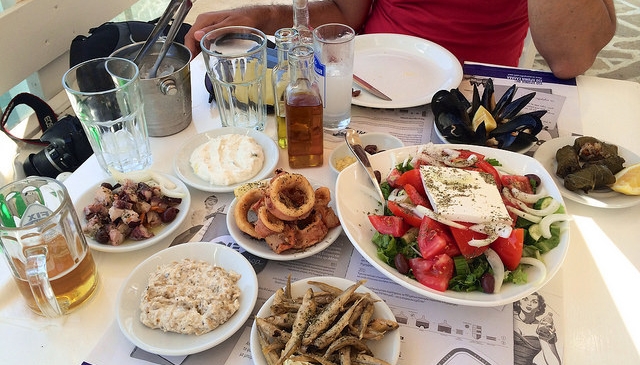
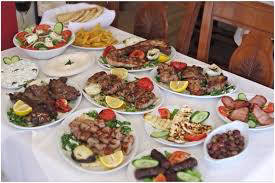
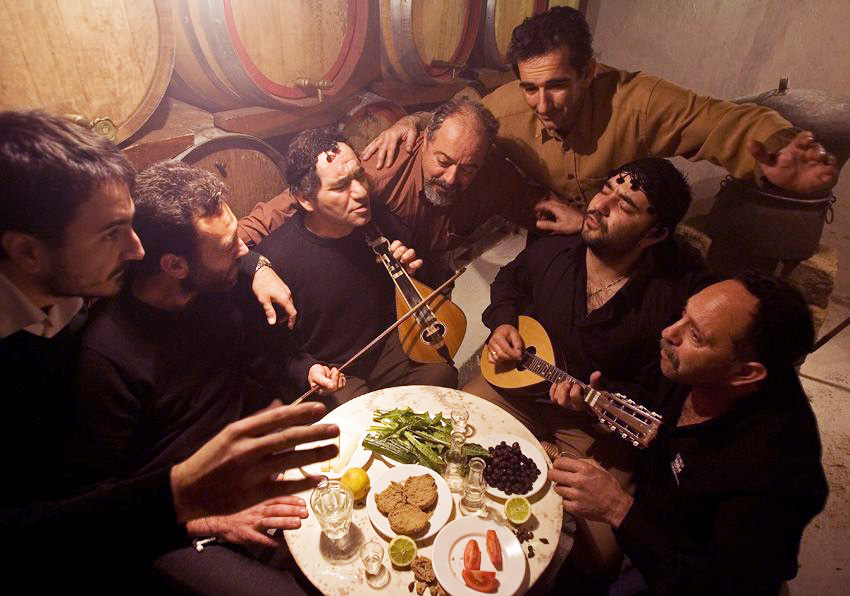
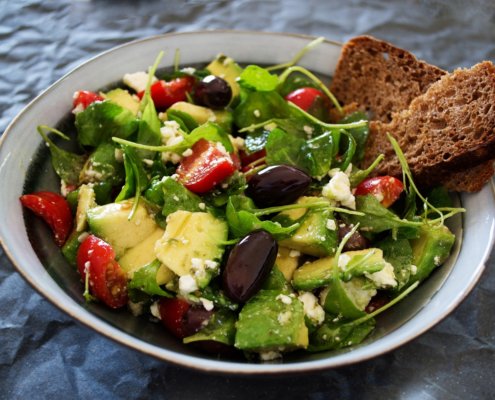
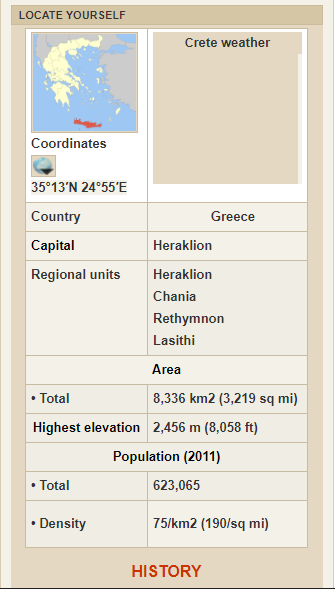
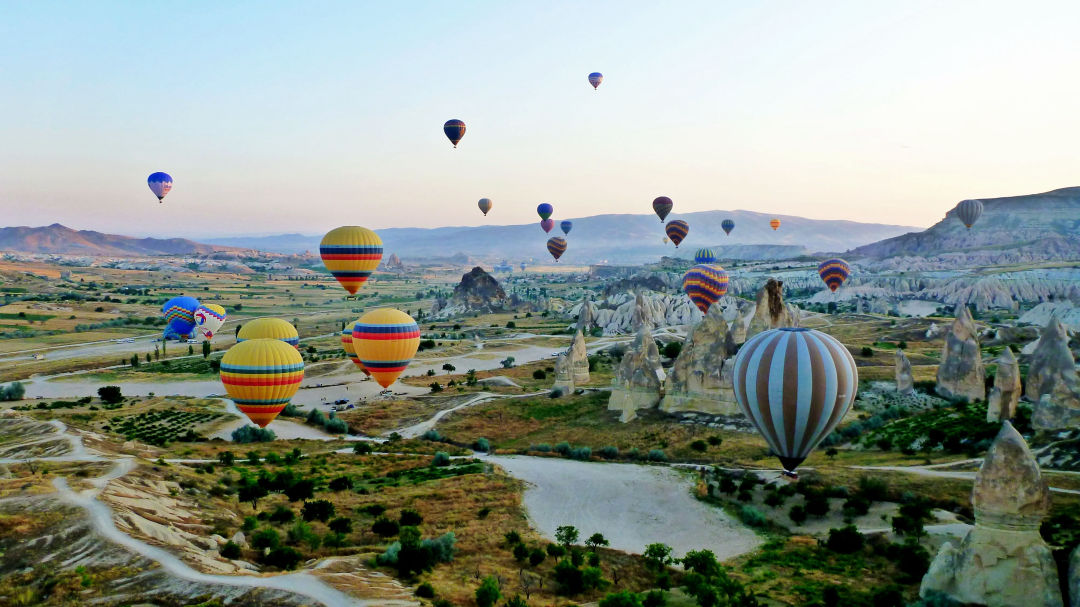
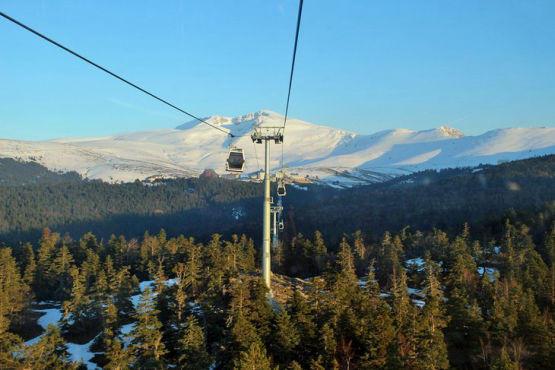
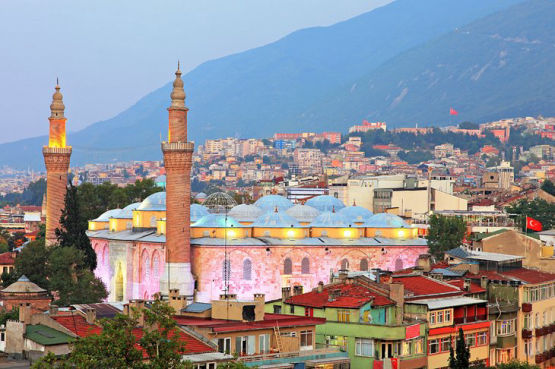
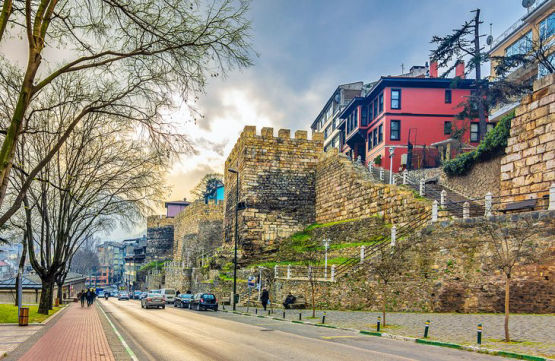
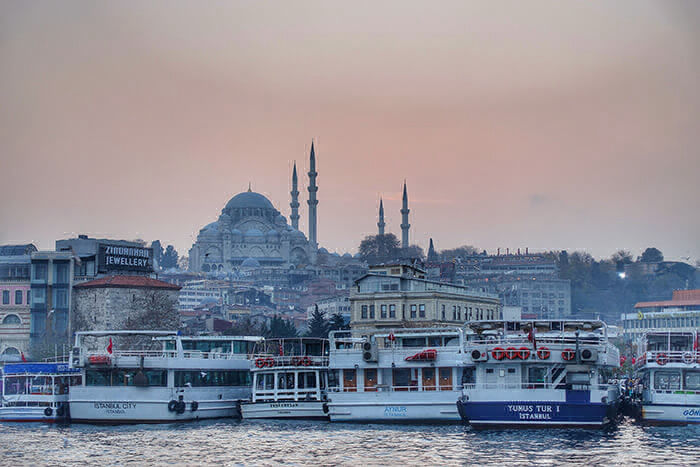

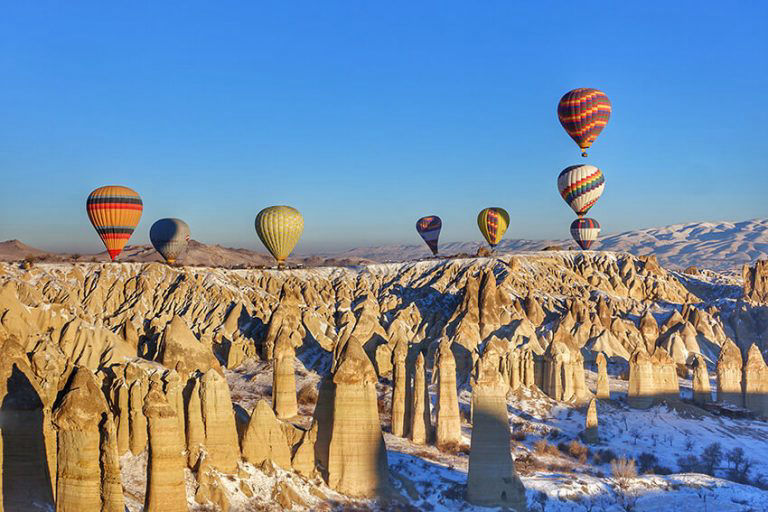


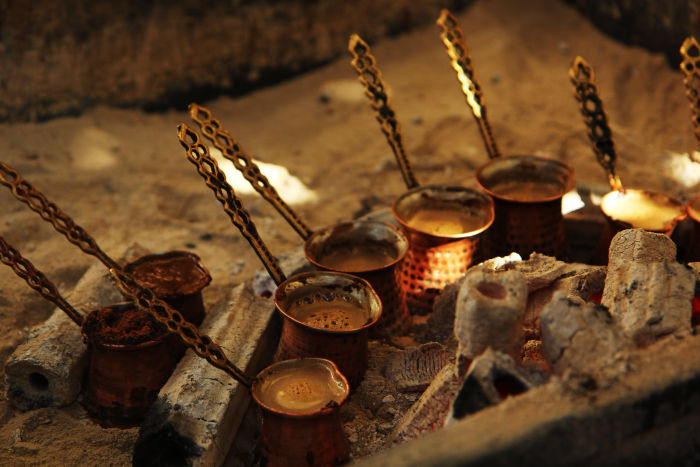

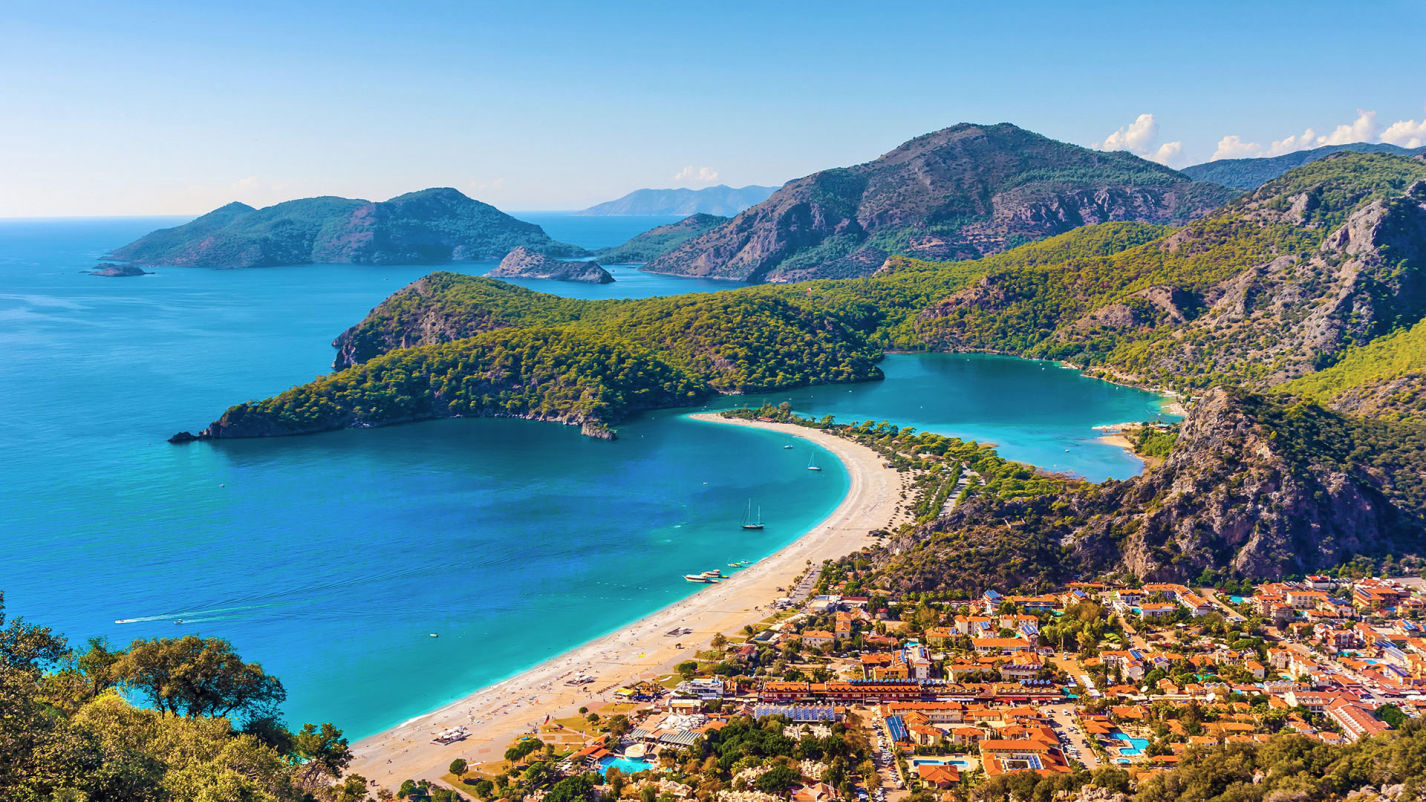
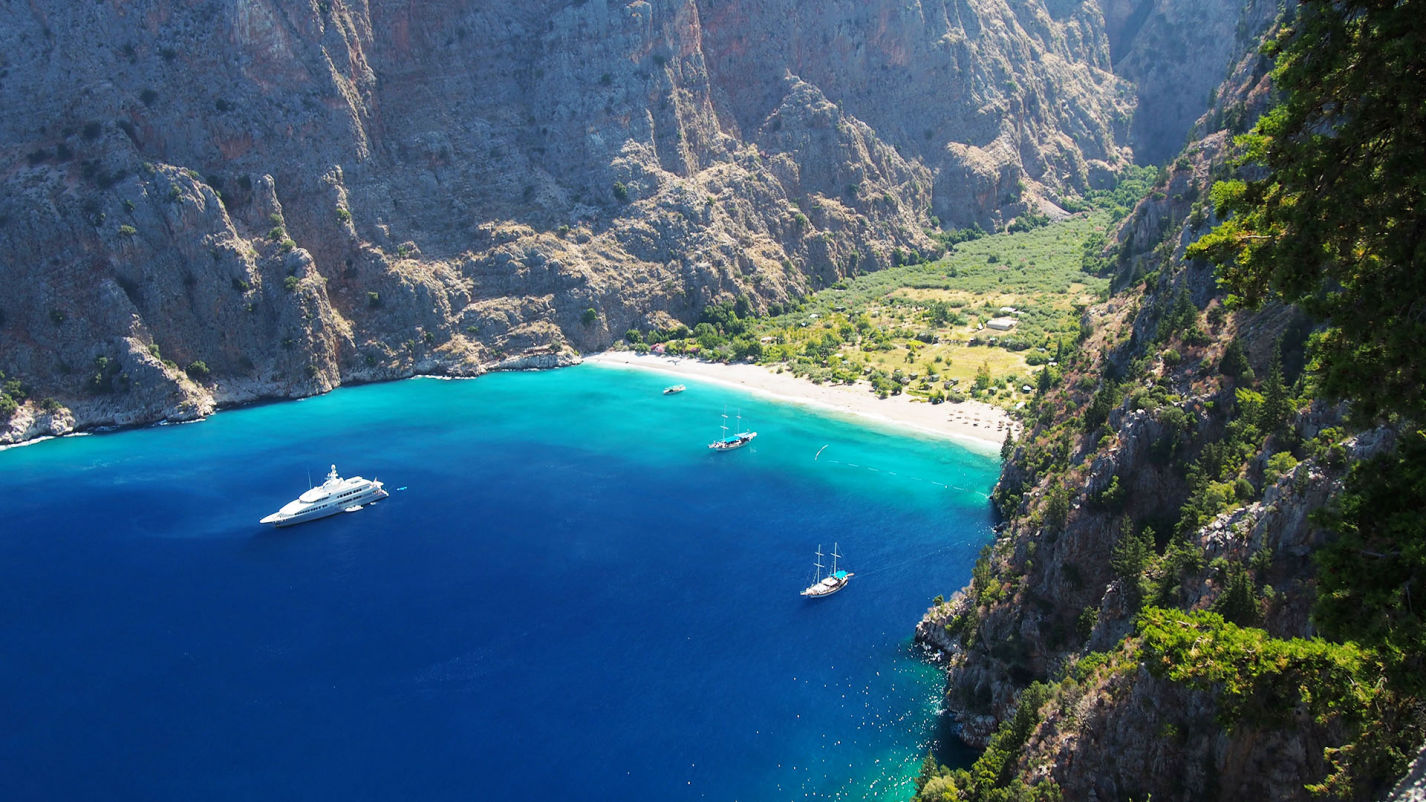
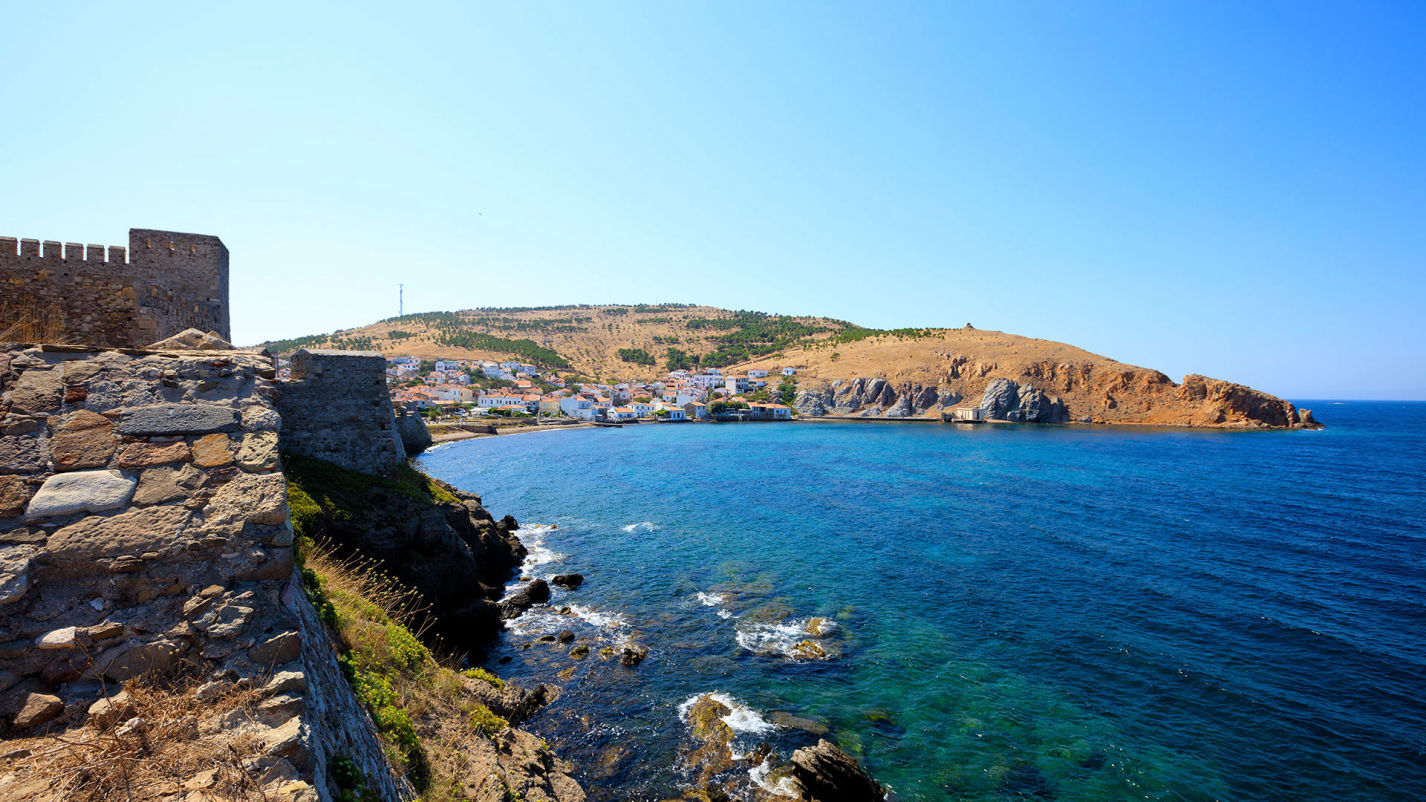
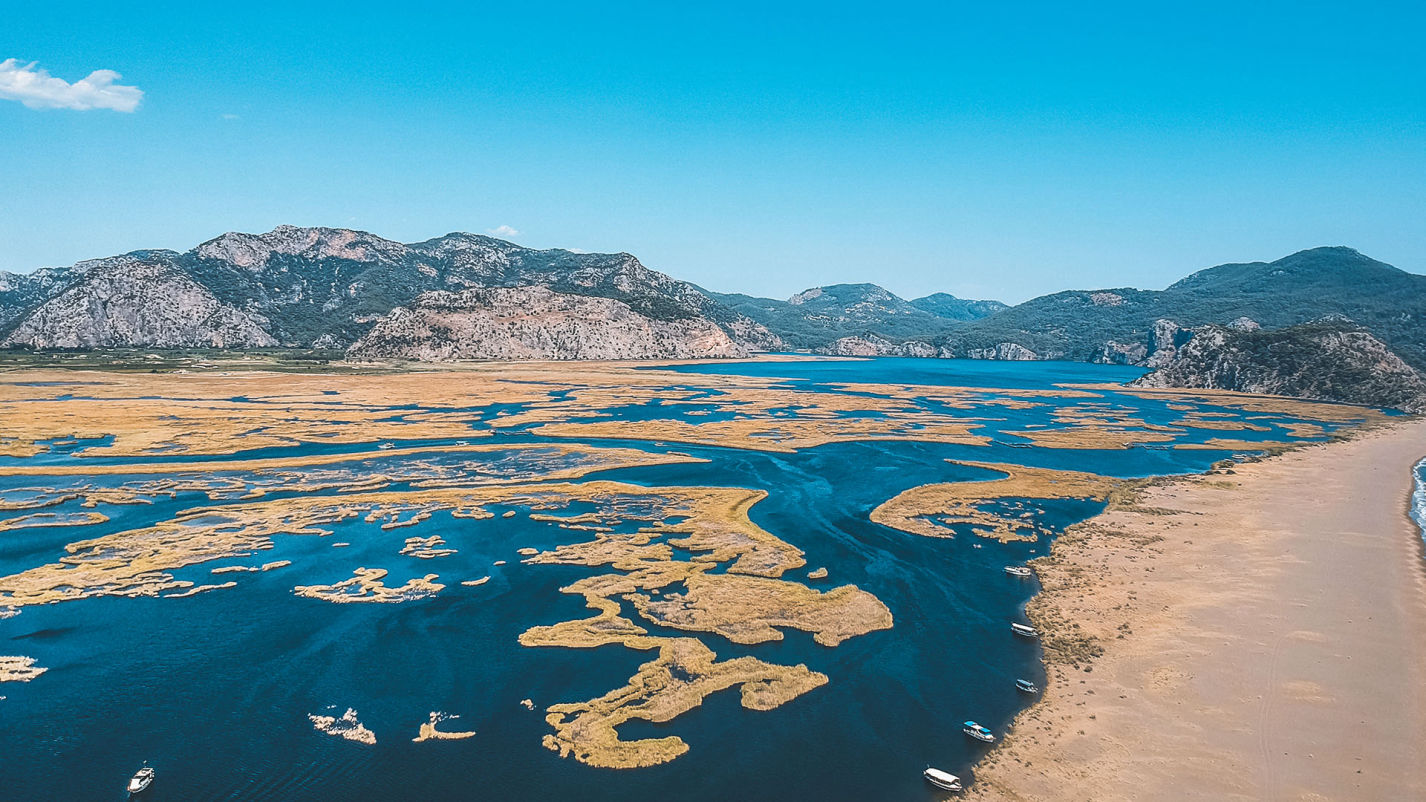
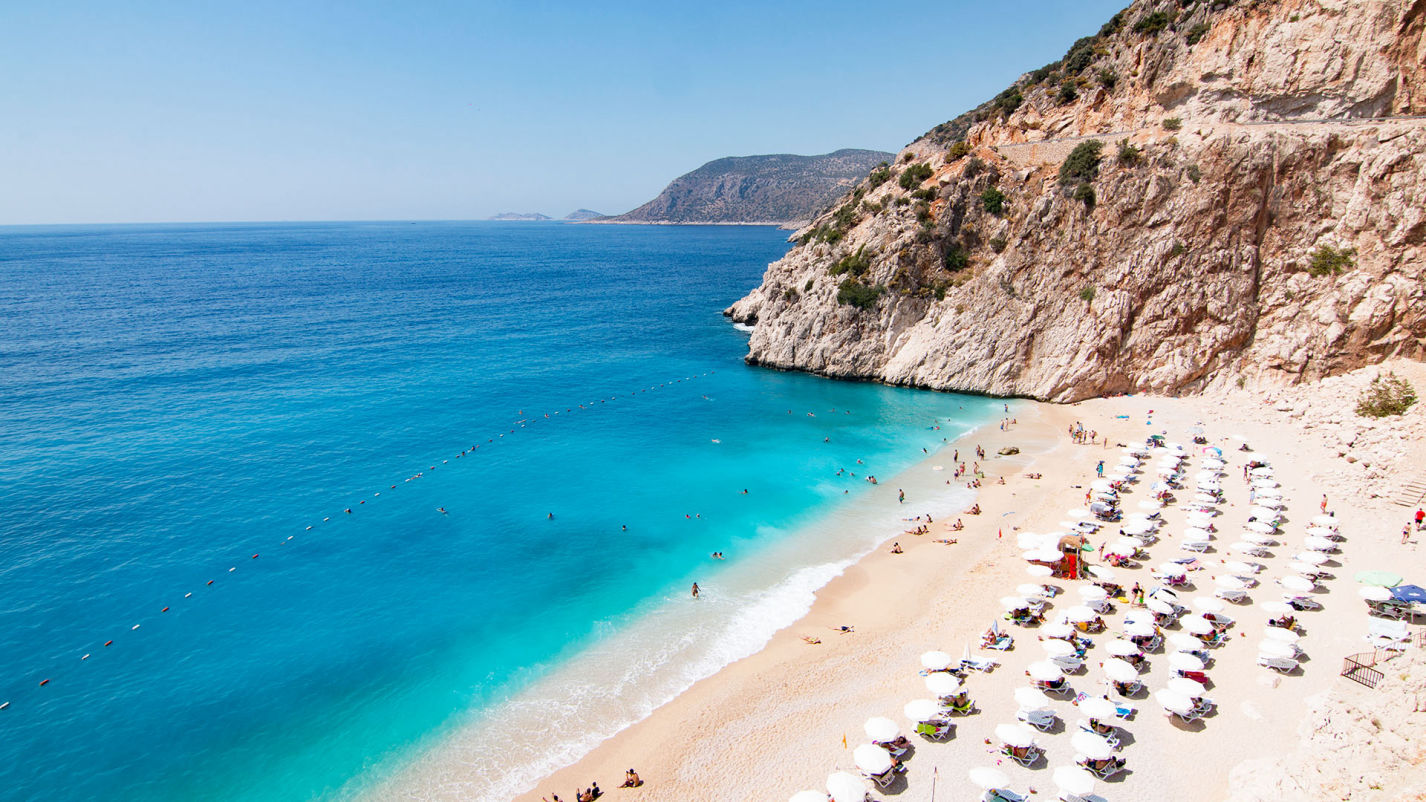
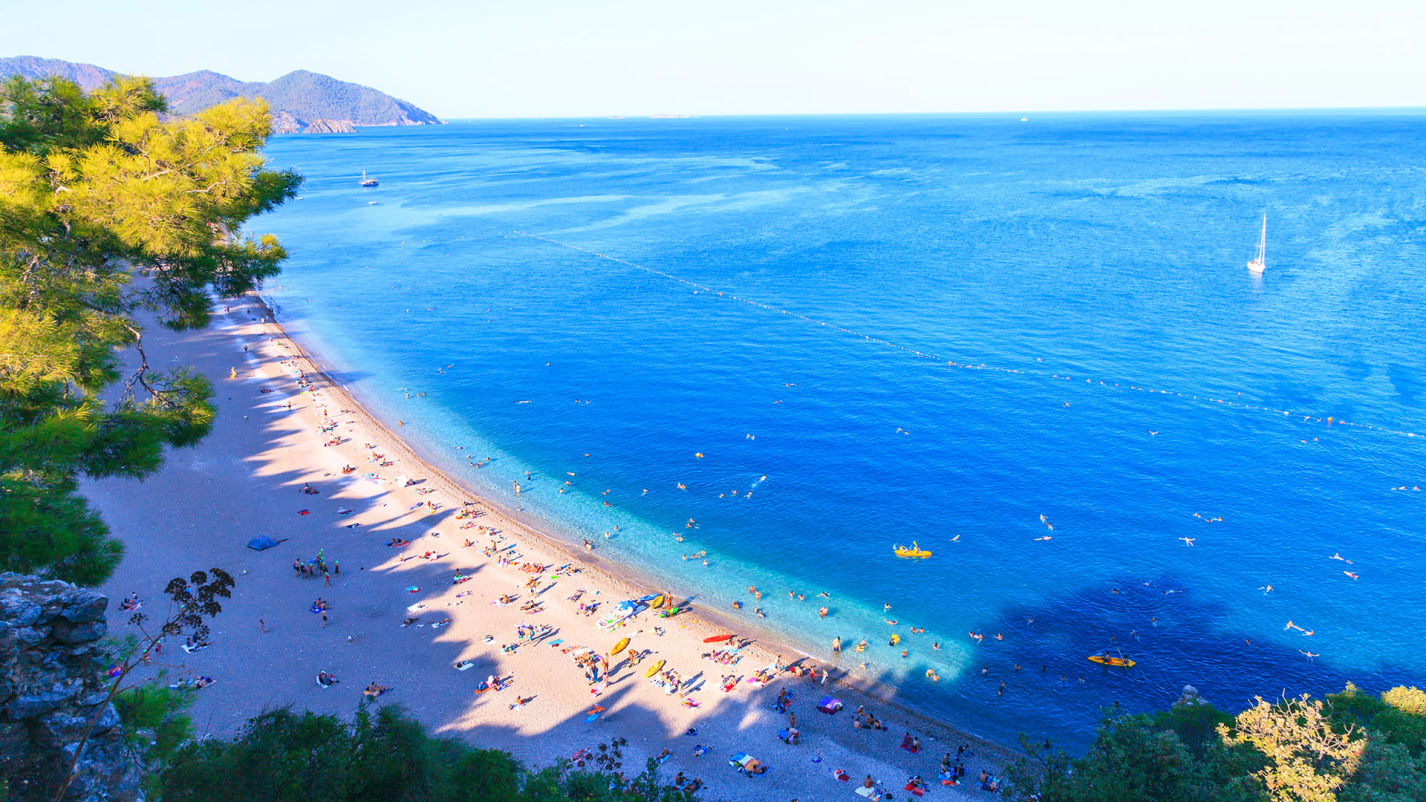
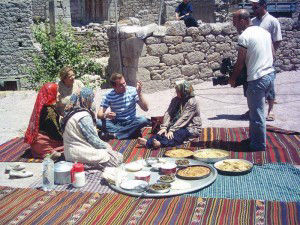
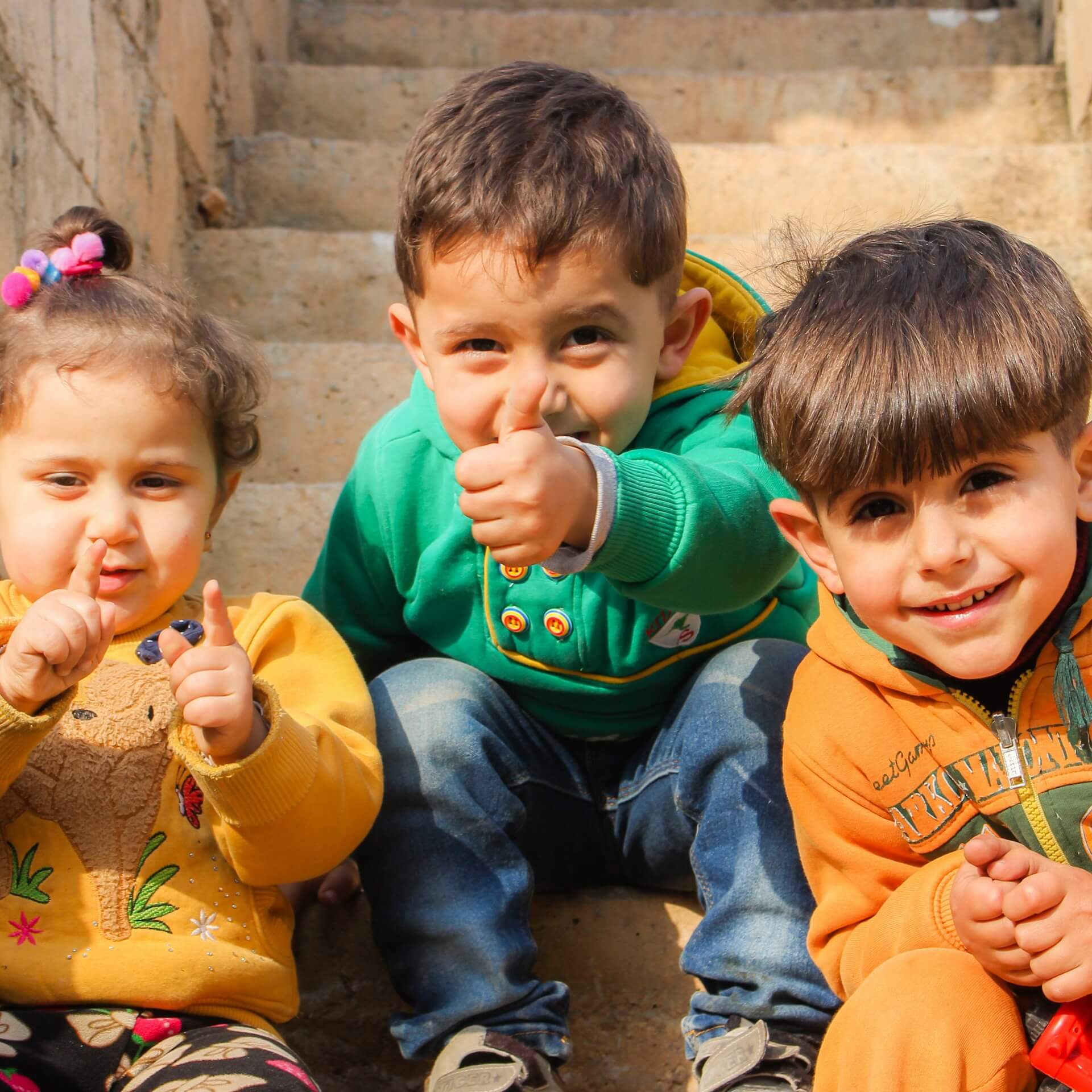
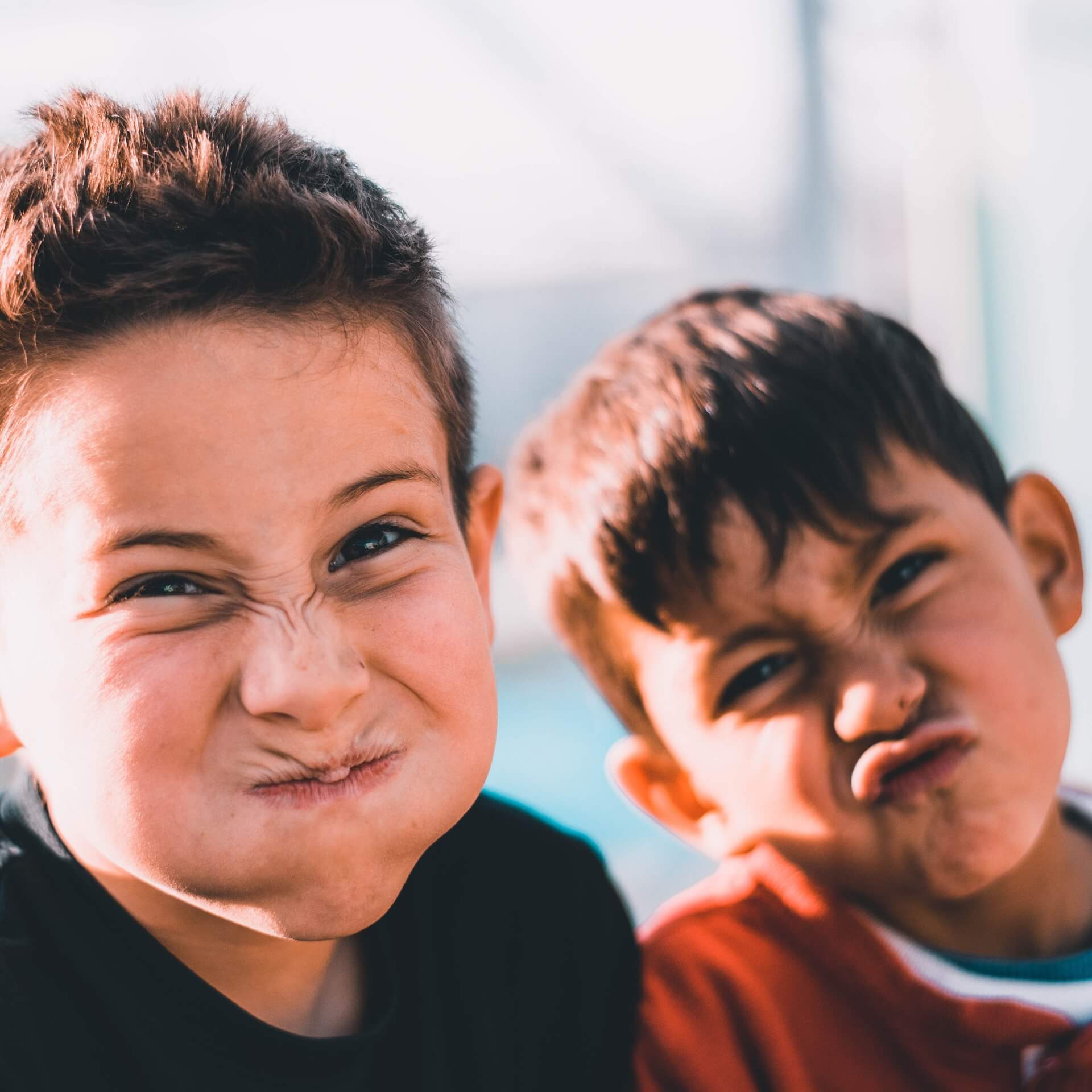
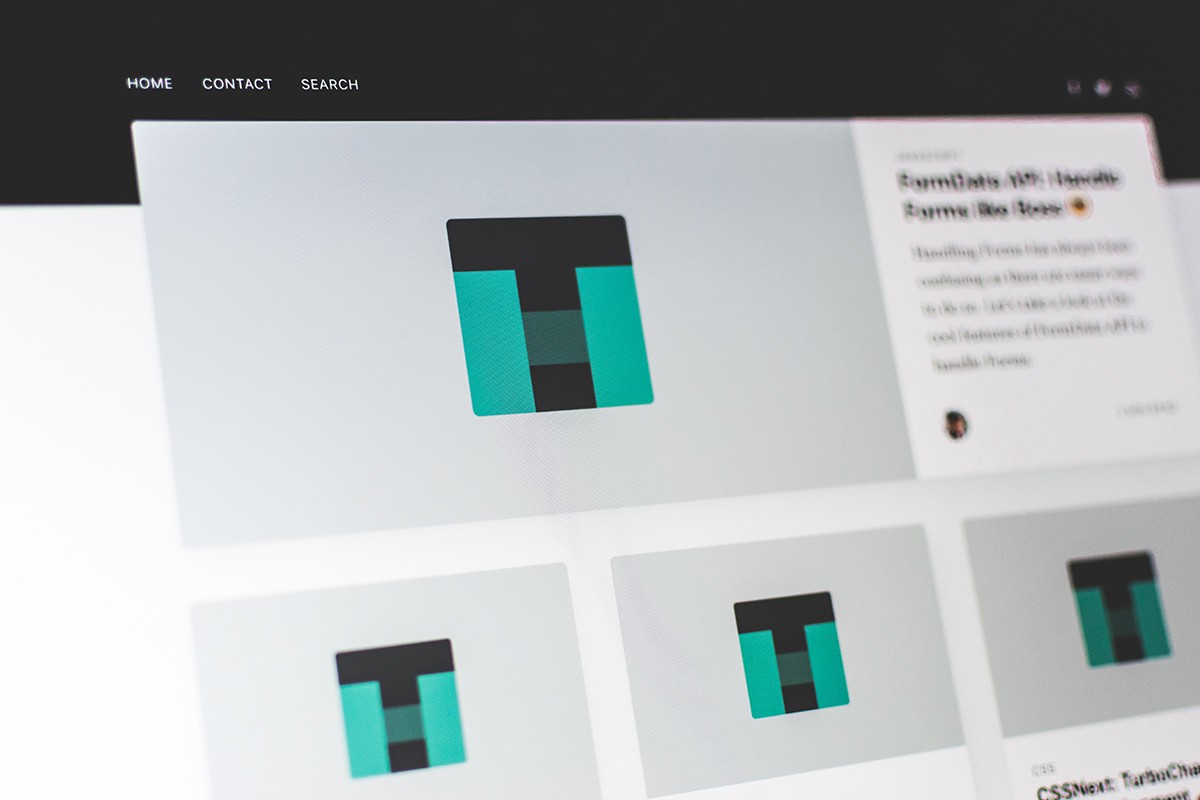
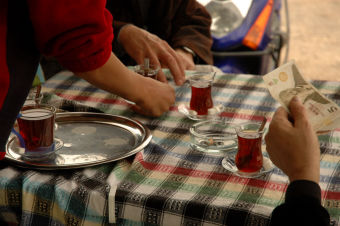
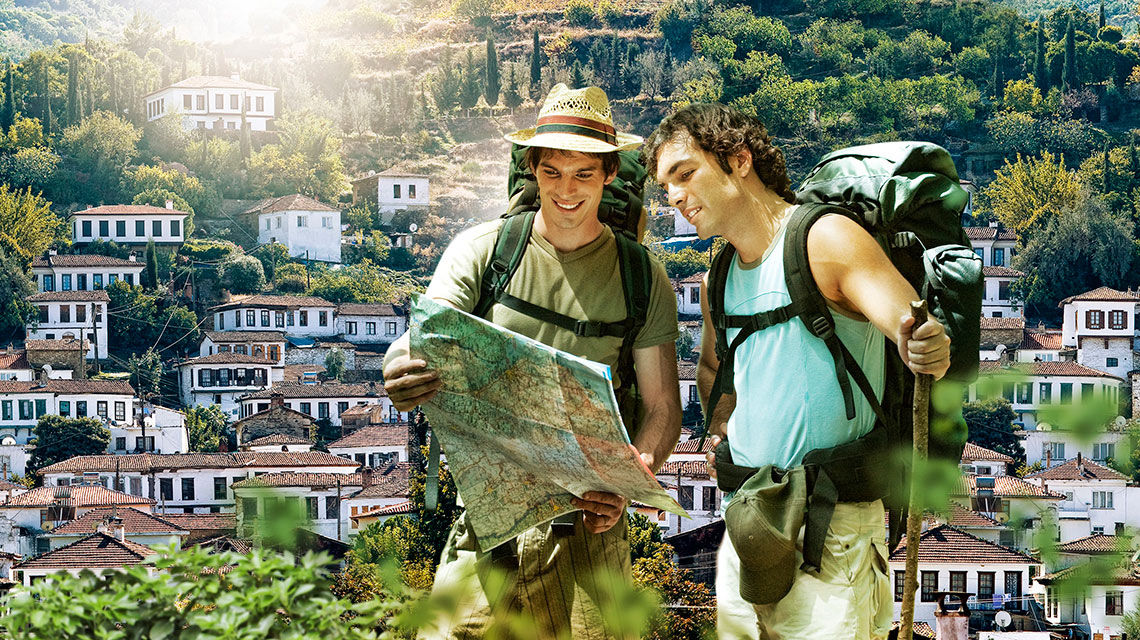

FOLLOW US!